5 Signs You’re Using the Wrong Reel for Your Setup
Fishing success relies heavily on using the right equipment for specific conditions and target species. Even experienced anglers sometimes overlook the importance of matching their reel to their rod, fishing environment, and technique. Using an inappropriate reel can lead to poor casting performance, equipment damage, physical discomfort, and ultimately, fewer fish. Understanding the telltale signs that your current reel isn’t suitable for your setup can dramatically improve your fishing experience and success rate. This guide will help you identify five key indicators that suggest you might need to reconsider your reel choice.
Your Casting Distance and Accuracy Are Suffering
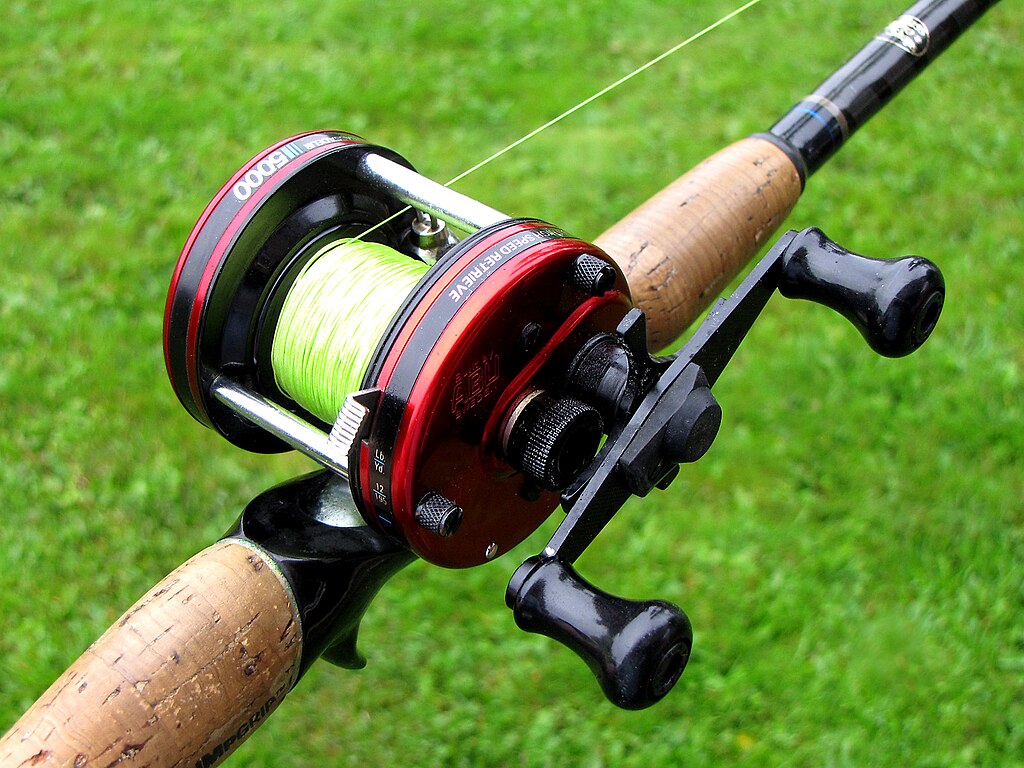
One of the most obvious signs that your reel doesn’t match your setup is consistently poor casting performance. When using the wrong reel, you’ll notice your casting distance falls short of what you’d expect, even with proper technique. The line may frequently tangle or create “bird’s nests” during casts, forcing you to spend valuable fishing time clearing line issues. Additionally, your accuracy might suffer significantly, making it difficult to place lures or bait precisely where fish are holding. This problem often occurs when pairing a heavy reel with an ultralight rod, or when using a reel that’s too small for the line weight and rod power you’ve selected.
The Reel Balance Feels Off on Your Rod
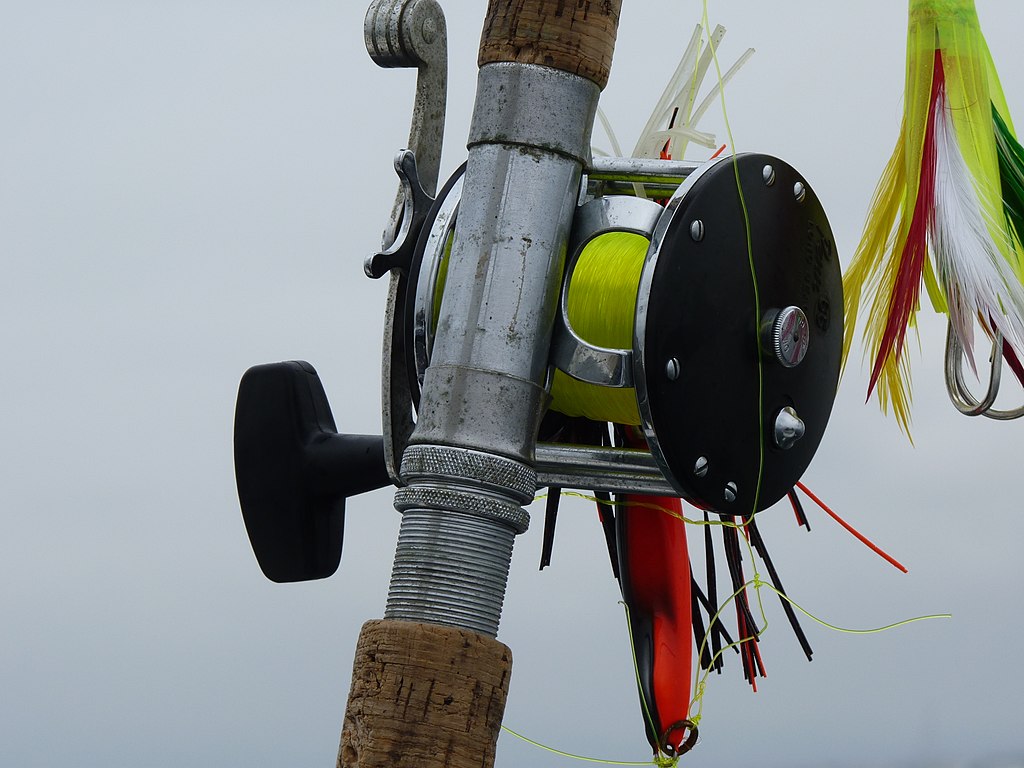
A proper balance between rod and reel is crucial for comfortable, effective fishing. When you hold your rod at the grip with the reel attached, it should balance naturally, without feeling significantly tip-heavy or butt-heavy. If your setup feels awkwardly imbalanced, with the rod tip dropping dramatically or the grip end pulling downward, your reel likely doesn’t match your rod. This imbalance causes arm fatigue during extended fishing sessions and makes precise presentations difficult. Many anglers underestimate how quickly an imbalanced setup leads to fishing fatigue, reducing both enjoyment and effectiveness on the water.
You’re Experiencing Mechanical Issues Too Frequently

Recurring mechanical problems often indicate a mismatch between your reel and how you’re using it. If your drag system consistently stutters or fails to release the line smoothly when a fish pulls, your reel may not be designed for the size of fish you’re targeting. Similarly, if the gearing grinds or feels rough after minimal use, you might be placing too much strain on a reel not built for your fishing style. Premature bearing failure or excessive wear on internal components suggests your reel isn’t robust enough for your typical fishing conditions. While all reels require maintenance, unusually frequent repairs or adjustments strongly indicate you need a reel better suited to your specific fishing applications.
Your Reel Capacity Doesn’t Match Your Fishing Needs
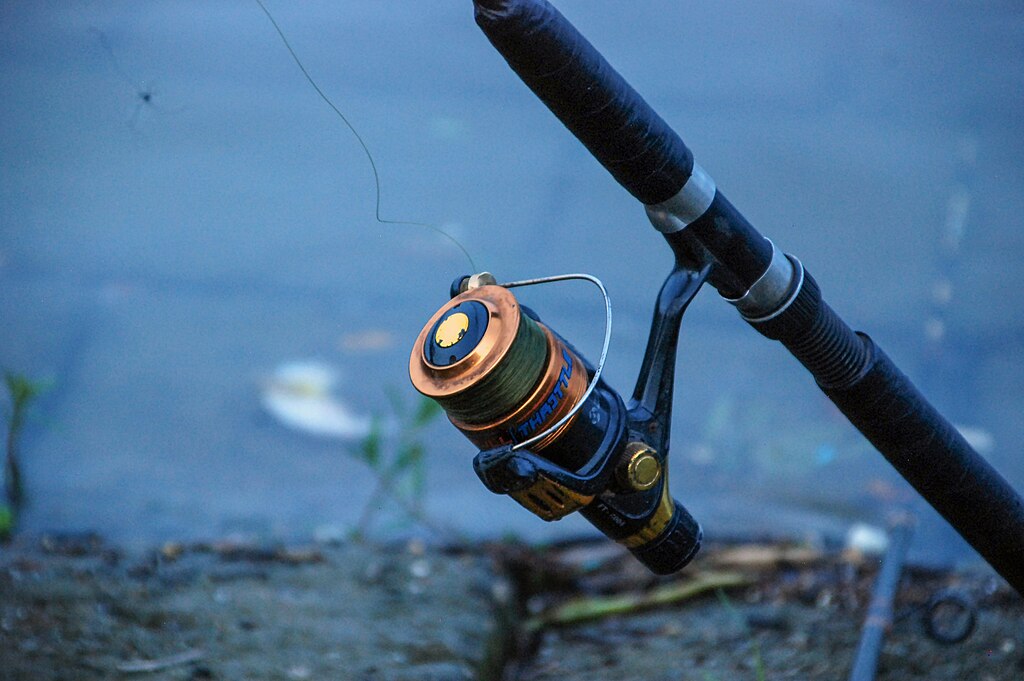
Line capacity mismatches create significant problems on the water. If you frequently run out of line when fighting larger fish or need to cast greater distances, your reel’s spool capacity is likely too small for your needs. Conversely, if you’re using a massive reel designed for deep-sea fishing but primarily target panfish in shallow ponds, you’re carrying unnecessary weight and bulk. The wrong line capacity also affects how the line lies on the spool, potentially leading to memory issues or poor casting performance. This problem becomes particularly evident when fishing methods like trolling or deep-dropping, where specific line lengths are necessary for proper presentation.
The Gear Ratio Doesn’t Suit Your Fishing Techniques
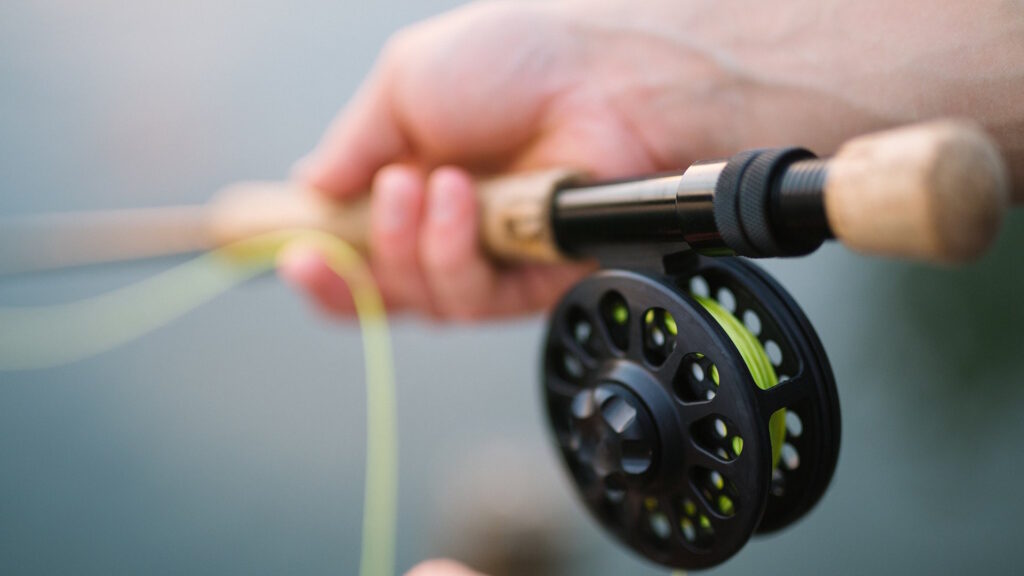
Every fishing technique performs best with specific reel gear ratios. A clear sign of using the wrong reel is consistently feeling that your retrieval speed doesn’t match your lure or bait presentation needs. If you’re fishing reaction baits like crankbaits or spinnerbaits but struggling with a slow-retrieve reel, you’ll find it difficult to impart the proper action. Alternatively, if your reel retrieves too quickly for finesse techniques like drop-shotting or jig fishing, maintaining contact with the bottom becomes challenging. Repeatedly adjusting your retrieve speed to compensate for an inappropriate gear ratio leads to inconsistent presentations and decreased bite opportunities.
Your Reel Weight Causes Physical Discomfort
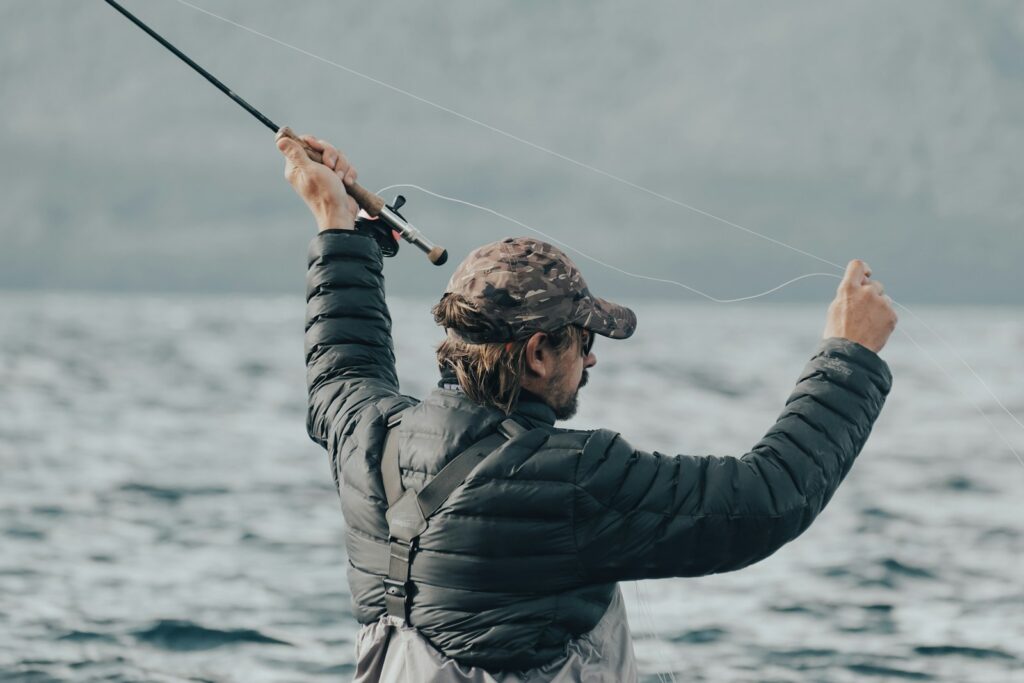
Physical strain during fishing often indicates a reel that’s inappropriately sized for your setup and fishing duration. If you experience wrist, forearm, or shoulder fatigue after relatively short fishing sessions, your reel might be too heavy for your rod or fishing style. This discomfort becomes increasingly noticeable during techniques requiring continuous casting and retrieving, such as bass fishing with artificial lures. Many anglers mistakenly believe that heavier reels are always more durable, when modern materials allow for lightweight construction without sacrificing reliability. The cumulative strain of casting an overly heavy reel hundreds of times per outing not only diminishes enjoyment but can lead to repetitive stress injuries over time.
The Drag System Doesn’t Match Your Target Species

An inadequate drag system for your target species creates frustrating fishing experiences. If you consistently lose fish during fights because your drag can’t provide enough resistance, or conversely, if your drag is too stiff and leads to broken lines or pulled hooks, your reel isn’t matched to your quarry. The drag system should provide smooth, consistent pressure throughout the fight, allowing you to tire fish without breaking tackle. Different species and fishing environments require specific drag capabilities – saltwater species typically demand more robust drag systems than freshwater targets. When you find yourself constantly adjusting your drag without achieving the right balance, it’s a strong indication that your reel isn’t appropriate for the fish you’re pursuing.
Your Reel Material Doesn’t Suit Your Fishing Environment

Using a reel with materials incompatible with your typical fishing environment leads to premature deterioration and failure. If you primarily fish in saltwater but use a reel without corrosion-resistant components, you’ll notice accelerated rusting and seized bearings despite regular maintenance. Conversely, paying the premium for fully sealed saltwater reels when you exclusively fish freshwater represents an unnecessary expense. Environmental factors like sand, silt, and extreme temperatures affect different reel constructions in various ways. When your reel consistently develops issues related to environmental exposure despite proper care, it indicates a fundamental mismatch between your equipment and fishing conditions.
You Can’t Achieve Proper Line Management
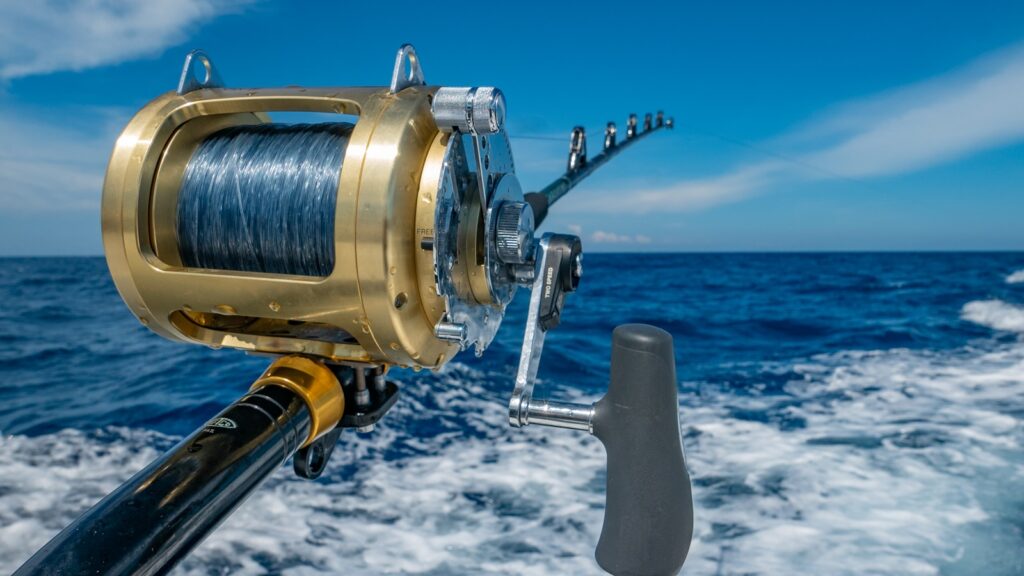
Persistent line management issues often point to using the wrong reel type for your fishing style. If you experience frequent line twisting with a spinning reel when using certain lures, a baitcasting reel might be more appropriate for that application. Similarly, if your baitcasting reel creates excessive backlashes despite proper adjustment and technique, you might be using it with lures too light for its design. Different reel types manage line in fundamentally different ways, each optimized for specific techniques and conditions. When you spend more time managing line problems than actually fishing, it’s time to reconsider whether your reel type matches your primary fishing methods.
The Reel’s Technology Level Doesn’t Match Your Needs
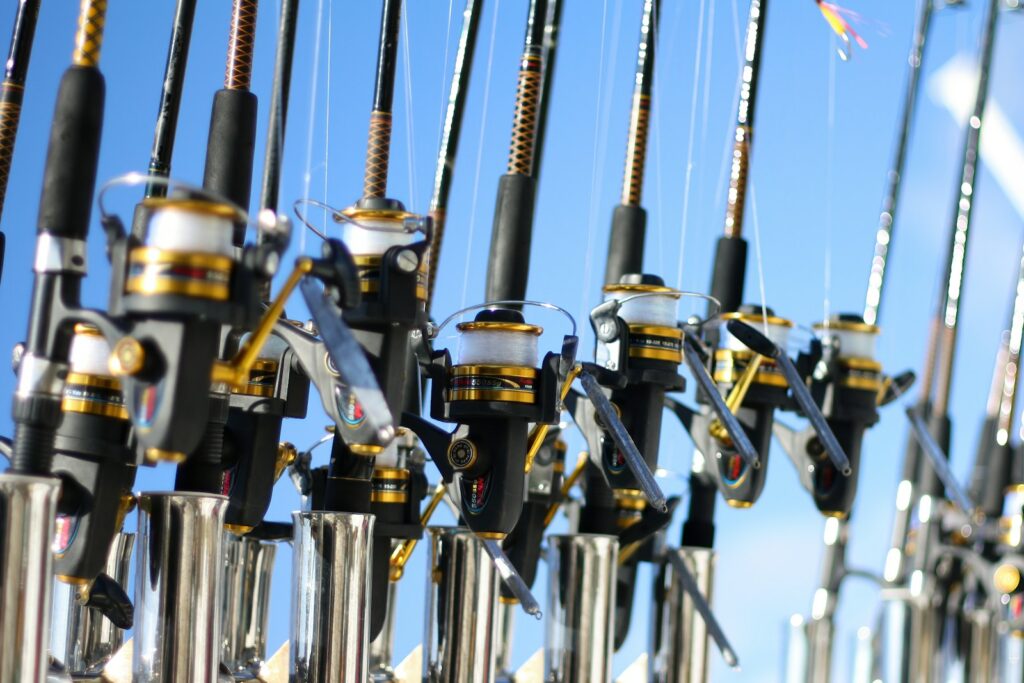
Using a reel with unnecessarily advanced or insufficient technology for your fishing style affects both performance and value. If you’ve invested in a premium reel with sophisticated braking systems and specialized bearings but primarily fish simple techniques that don’t utilize these features, you’re carrying extra weight and complexity without benefit. Conversely, if you’re attempting technical presentations with a basic reel lacking proper line control or precise drag settings, your fishing effectiveness suffers. The technology in your reel should align with the technical demands of your fishing style. When you consistently find yourself either not using advanced features or wishing for capabilities your reel doesn’t have, it indicates a technological mismatch.
Your Fishing Buddies Outperform You with Similar Techniques
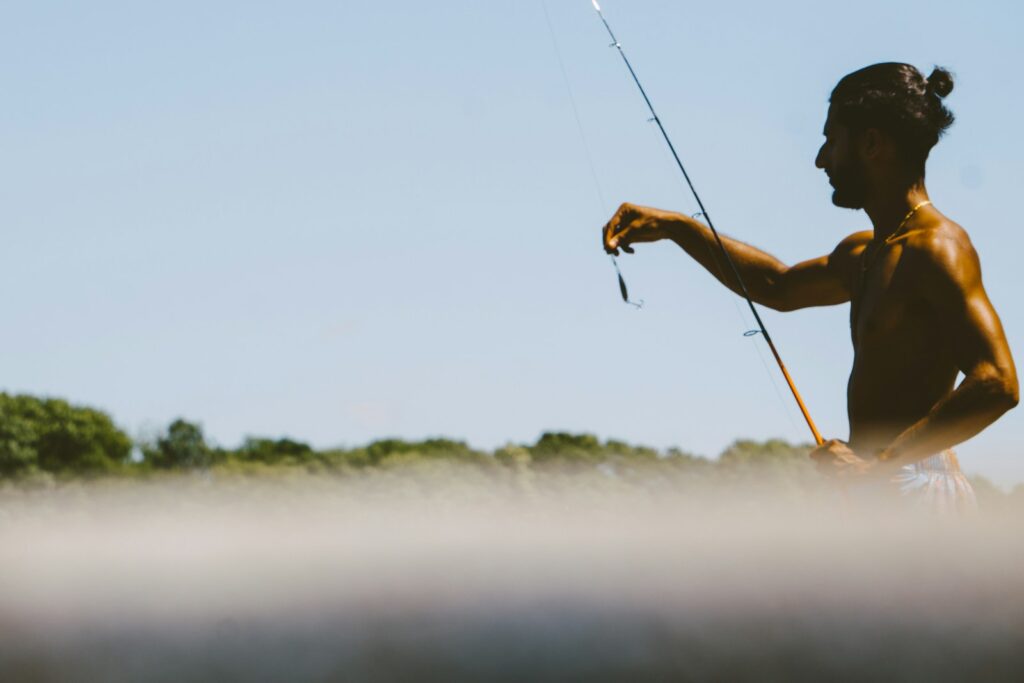
A comparative performance gap can reveal equipment mismatches you might otherwise overlook. When fishing alongside others using similar techniques and targeting the same species, pay attention to differences in casting distance, accuracy, and fish-fighting capabilities. If your fishing companions consistently outperform you despite similar skill levels, their reel choices might be better suited to the specific fishing situation. This discrepancy becomes particularly noticeable in challenging conditions like strong winds or when targeting larger fish. While skill certainly matters, proper equipment matching significantly affects fishing success, and observing others’ performance provides valuable perspective on your own setup’s suitability.
You’ve Modified Your Fishing Style to Accommodate Your Reel
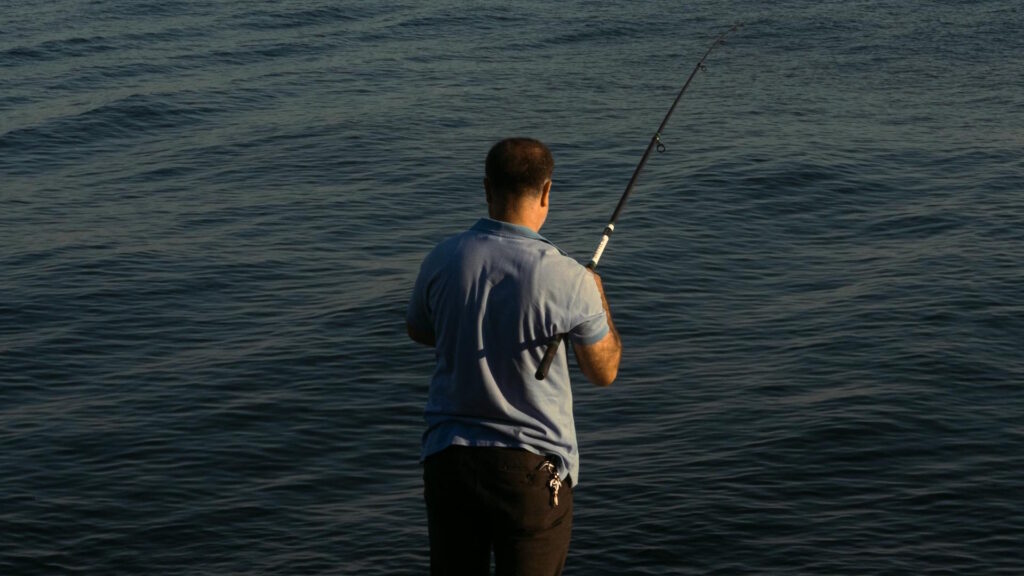
Perhaps the most subtle but telling sign of using the wrong reel is unconsciously modifying your fishing techniques to work around your equipment’s limitations. If you’ve stopped using certain lures or presentations because they “don’t work well” with your current setup, your reel might be the limiting factor. Similarly, avoiding certain casting distances or angles because they consistently create problems suggests equipment incompatibility rather than technique issues. Many anglers unknowingly restrict their fishing approaches to accommodate unsuitable equipment, limiting their versatility and success. When you realize you’re adapting your fishing to your equipment rather than choosing equipment that enhances your preferred fishing style, it’s time to reassess your reel choice.
Finding Your Perfect Match: The Solution
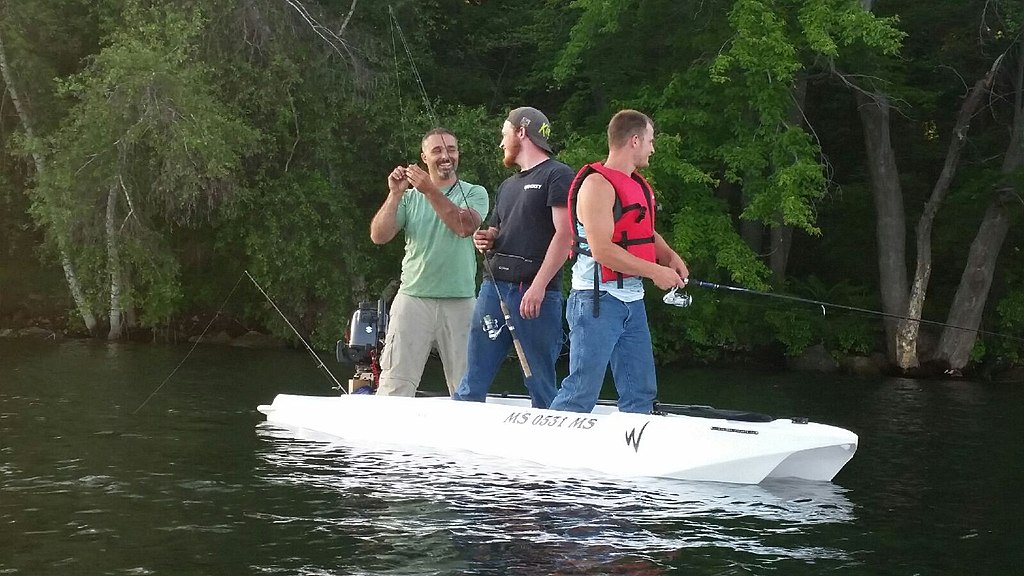
Resolving reel mismatch issues begins with an honest assessment of your primary fishing conditions, techniques, and target species. Consult with experienced anglers who fish similar waters and species, and don’t hesitate to ask for recommendations at specialty tackle shops. Most manufacturers provide specific application guidelines for their reels, including recommended rod pairings, line capacities, and suitable techniques. Consider renting or borrowing different reel models before investing, allowing you to test performance in real fishing situations. Remember that the perfect reel balances performance requirements with your budget, and even mid-range reels properly matched to your fishing style will outperform premium reels used inappropriately.
Conclusion
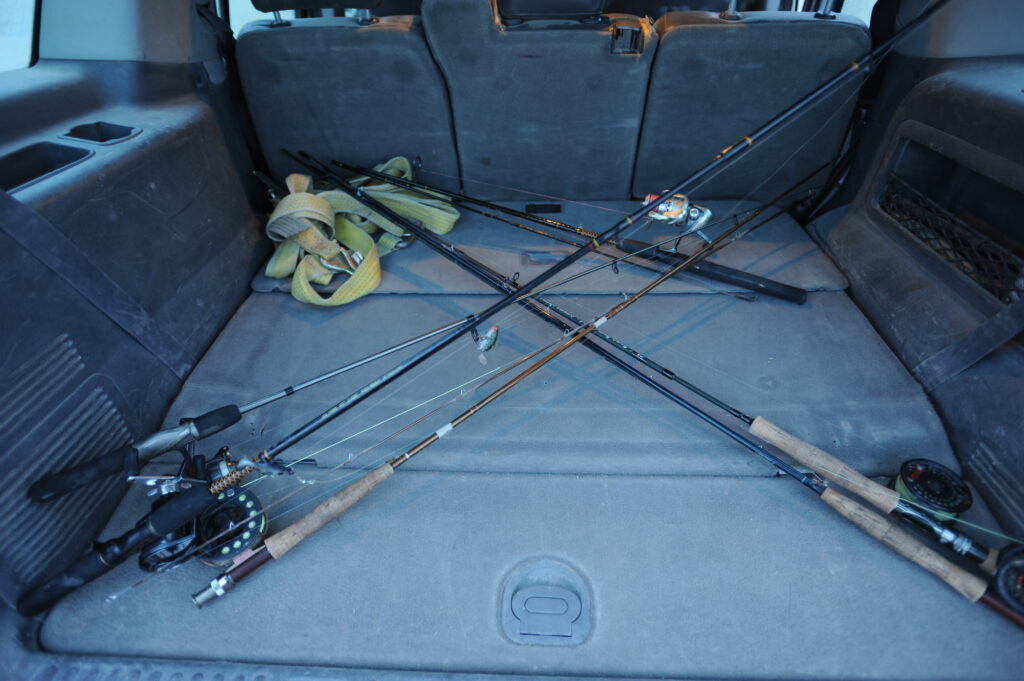
Selecting the right reel for your fishing setup significantly impacts your success and enjoyment on the water. By recognizing these telltale signs of reel mismatch and taking steps to address them, you’ll experience improved casting, more comfortable fishing sessions, and ultimately, more fish in the net. Rather than adapting your fishing style to accommodate the wrong equipment, invest time in finding reels that enhance your preferred techniques and fishing environments. The perfect reel feels like a natural extension of your fishing approach, working with you rather than against you in pursuit of your target species.
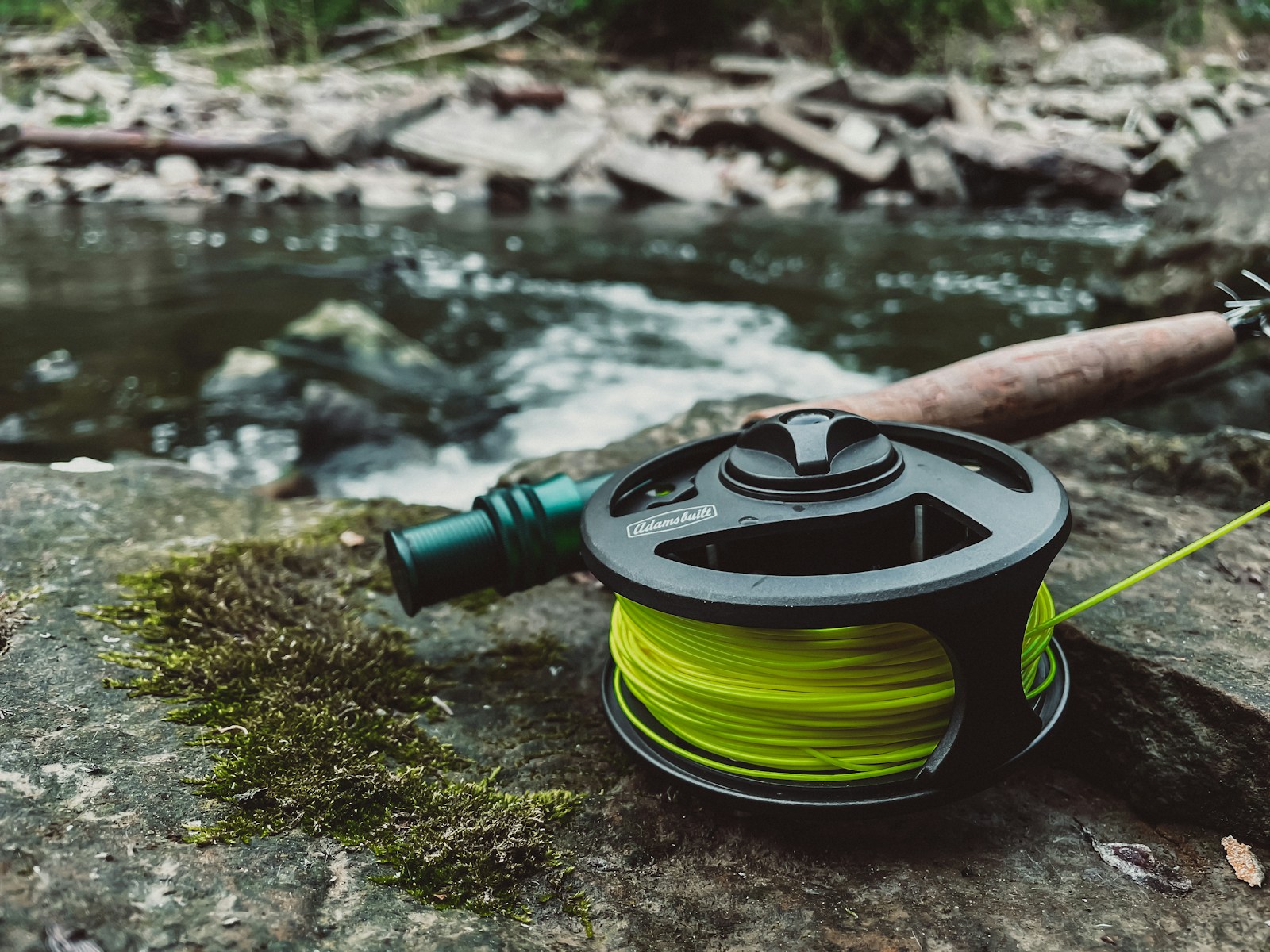


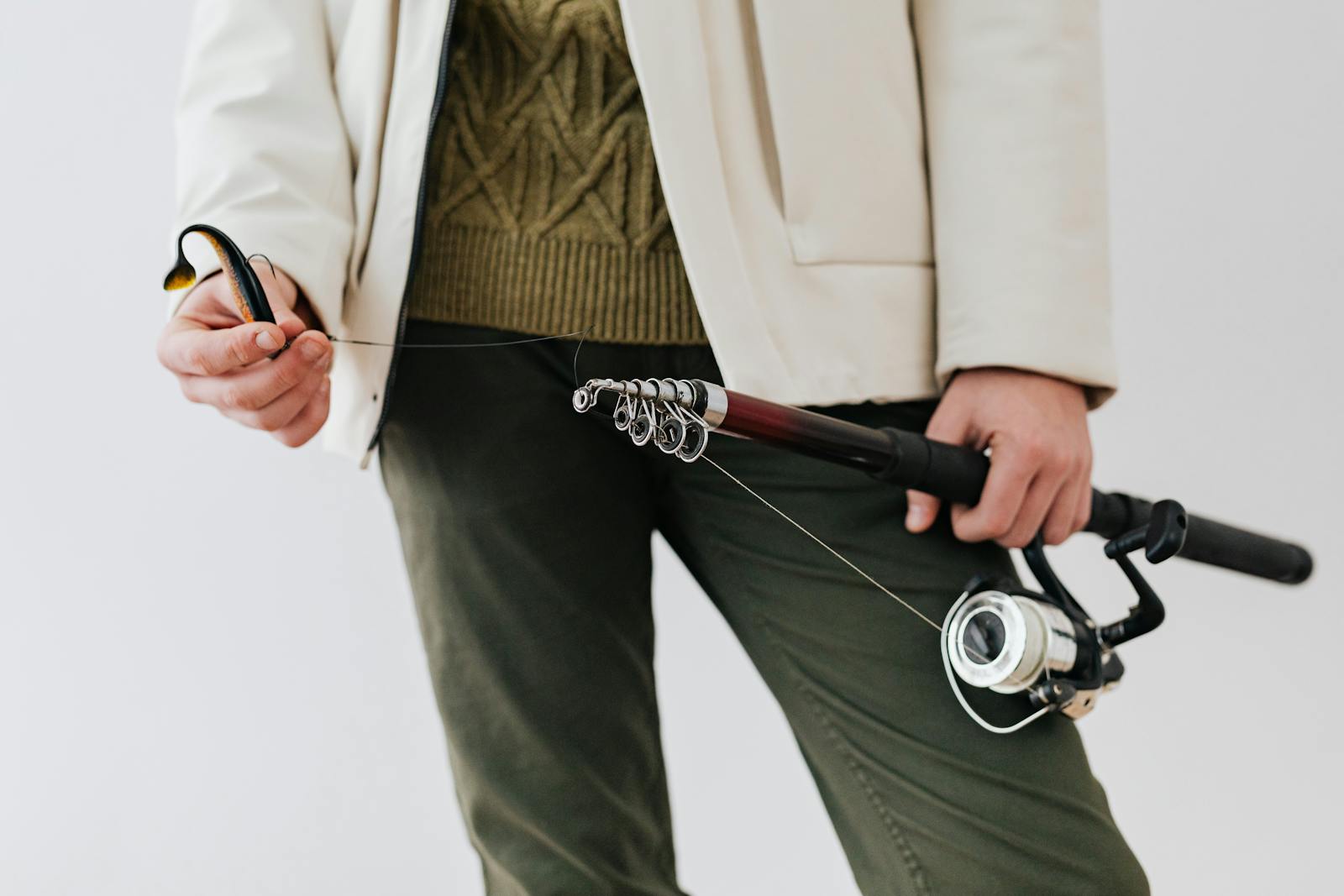










Post Comment